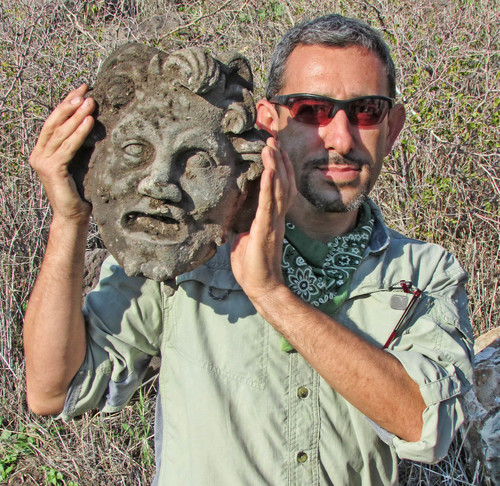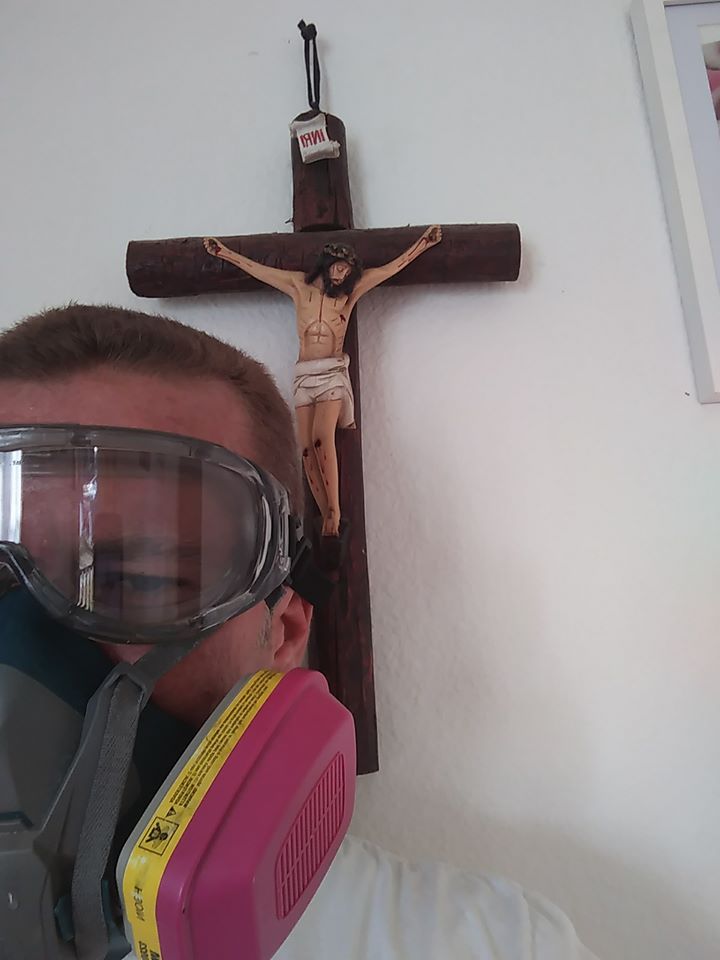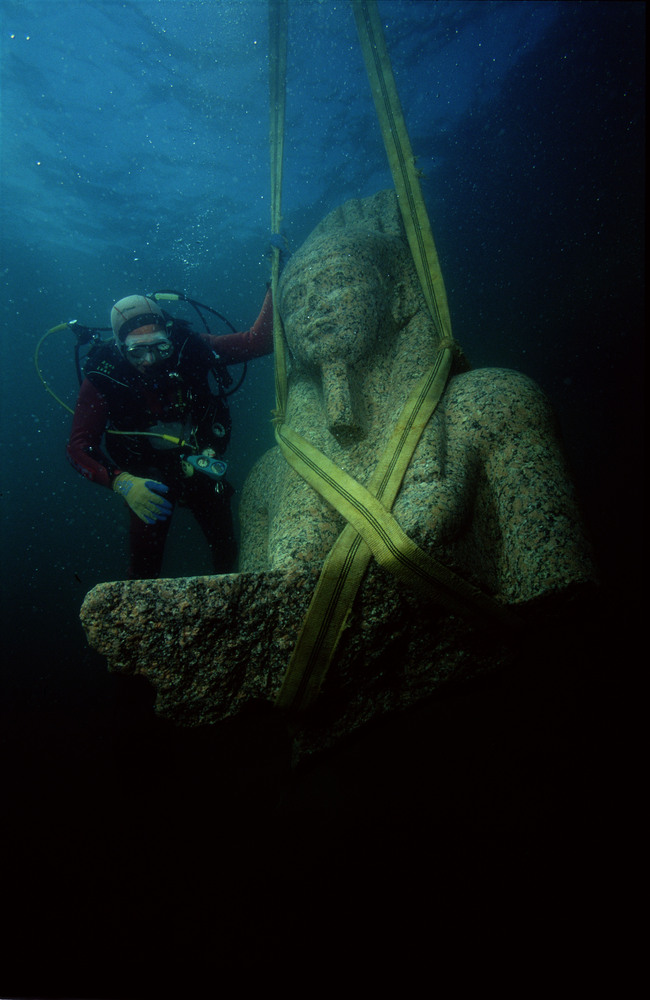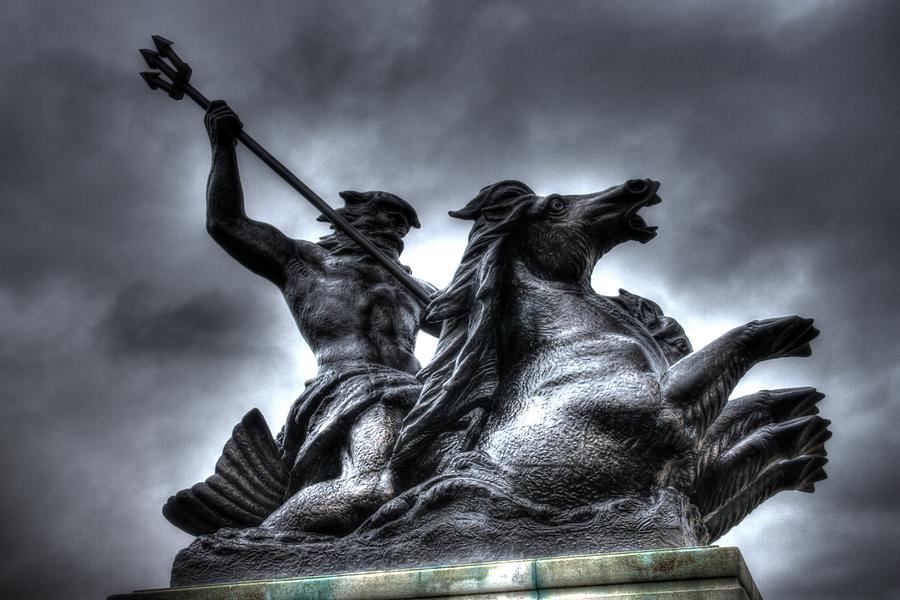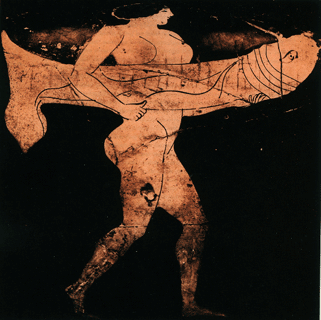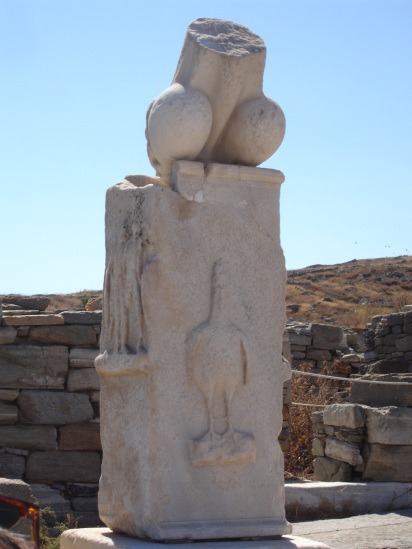Researchers from the University of Haifa have found what they are calling a bronze mask in the 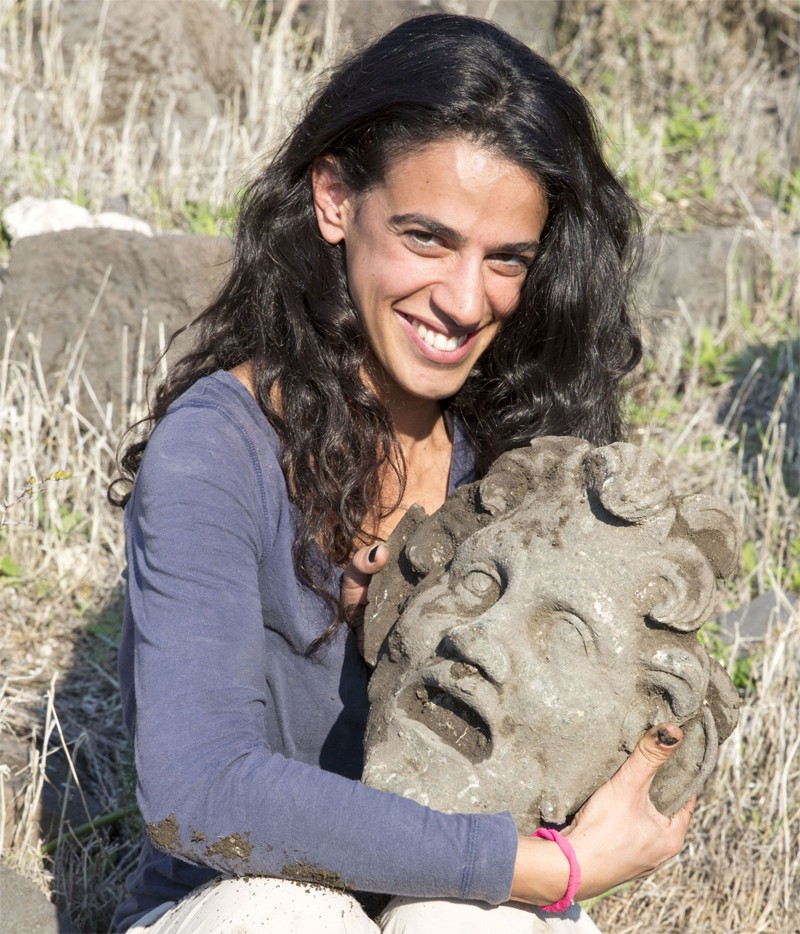 image of the Greek god Pan that was recently discovered at an archaeological dig at the Sussita National Park in northern Israel.
image of the Greek god Pan that was recently discovered at an archaeological dig at the Sussita National Park in northern Israel.
According to head researcher Dr. Michael Eisenberg of the Zinman Institute of Archaeology, bronze masks of this size—larger than a human head—are extremely rare and none have yet been found depicting Pan or any other figures from Greek or Roman mythology.
In Ancient Greek mythology, Pan is the son of Zeus. Diodorus Siculus had said that Pan was adored by the Egyptians. Pan usually terrified the inhabitants of the adjacent country, even when he was nowhere to be seen, that kind of fear which often seizes men, and which is only ideal or imaginary, has received from him the name of panic which is derived from the Latin “panici .” His statues were to be seen in all the temples, and that to his honor they had built in Thebes, the city of Chemmis (Egypt), that is, the city of Pan or Panopolis.
Here is an image of researcher Dr. Michael Eisenberg of the Zinman Institute of Archaeology with the mask of the Greek god Pan. Credit: University of Haifa.
Dr. Eisenberg had said, “Most of the bronze masks we know of from the Greek or Roman period are small. Even the museum curators I contacted said they did not know of any bronze masks of the kind we found at Sussita, and that it was the first find of its kind in the world.”
The archaeologist described the moment the mask was unearthed as surprising and exciting.
“We pulled a large, brown mass out of the ground and then realized that it was a huge mask. We cleaned it and identified small horns on the head, which were our first clue in identifying [the figure],” said Eisenberg.
“After a few minutes we pulled out a big brown lump and realized it was a mask. We cleaned it, and started to make out the details: The first hints that helped us recognise it were the small horns on top of its head, slightly hidden by a forelock,” said Dr. Eisenberg.
 Excavations at Hippos-Sussita are usually conducted in the summer. However, a series of intriguing structures on the ridge of the city, where the ancient road passed, led to a one-day dig in the winter. The dig focused on a basalt structure which the researchers assumed was a type of armoured hangar for the city’s projectile machines.
Excavations at Hippos-Sussita are usually conducted in the summer. However, a series of intriguing structures on the ridge of the city, where the ancient road passed, led to a one-day dig in the winter. The dig focused on a basalt structure which the researchers assumed was a type of armoured hangar for the city’s projectile machines.
The finding of a ballista ball made of limestone, a different material from the basalt that was customarily used at Hippos-Sussita to make balista balls, made the team realise that it was an enemy projectile.

Moe is the founder of GnosticWarrior.com. He is a father, husband, author, martial arts black belt, and an expert in Gnosticism, the occult, and esotericism.

